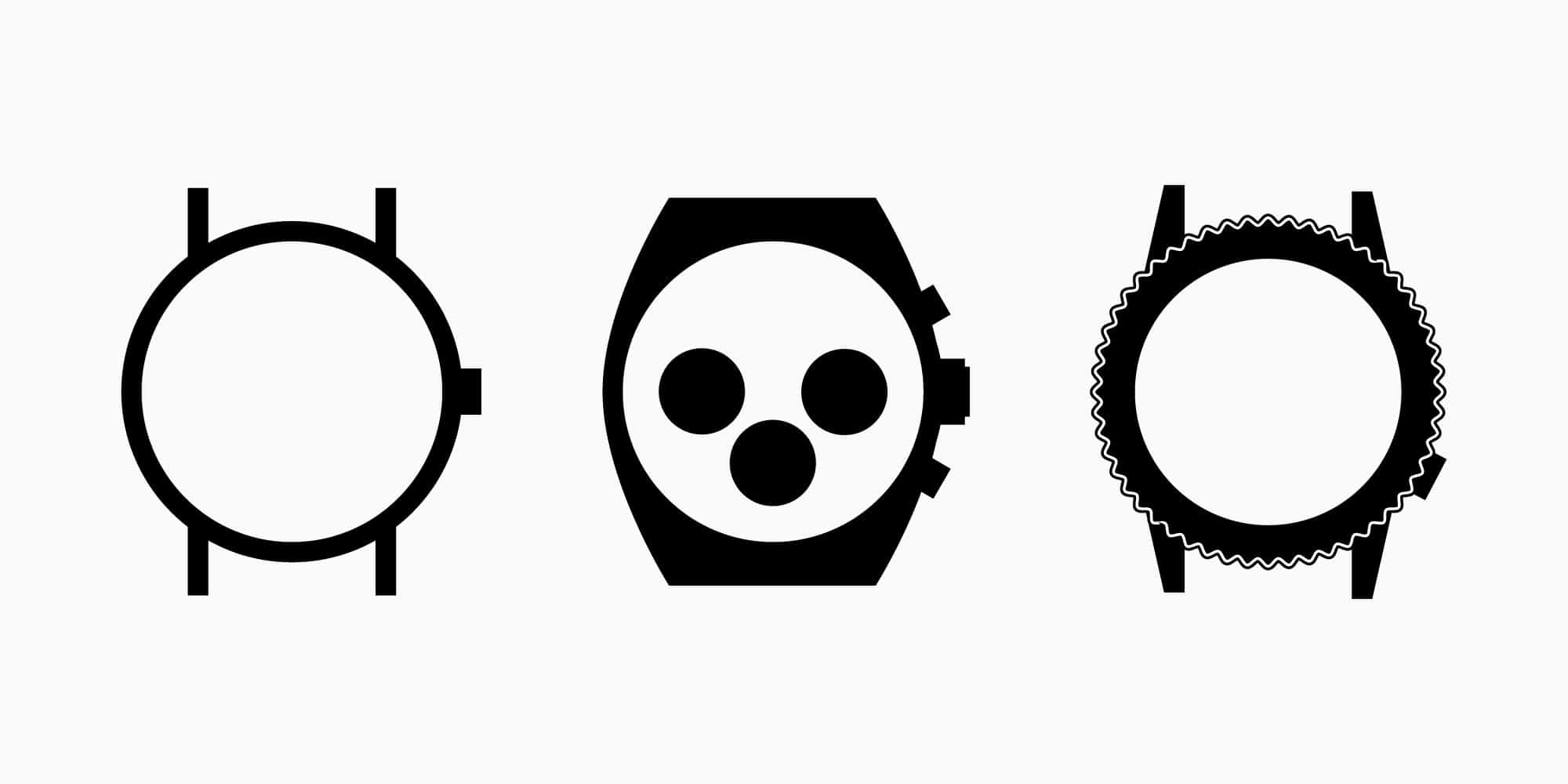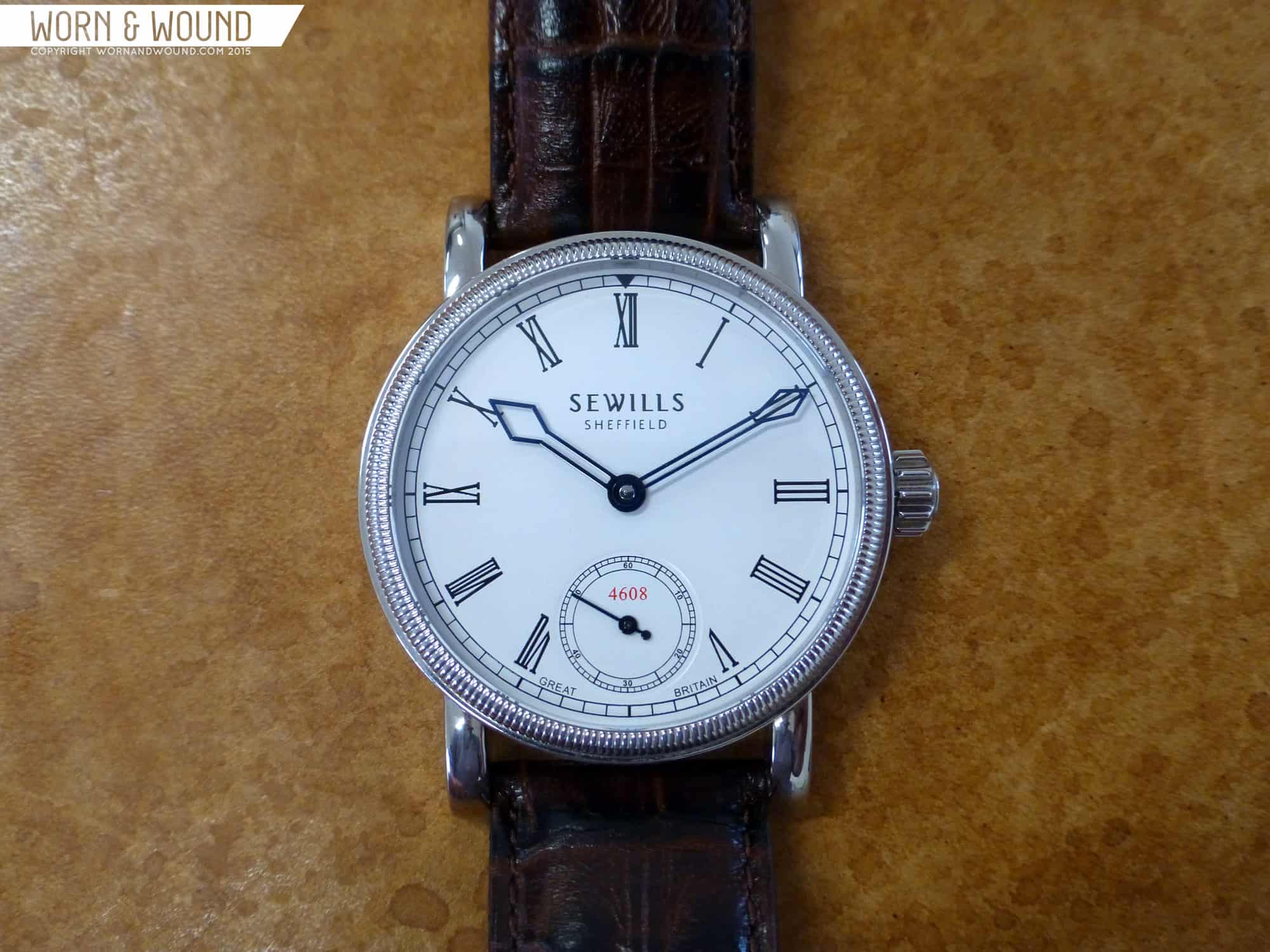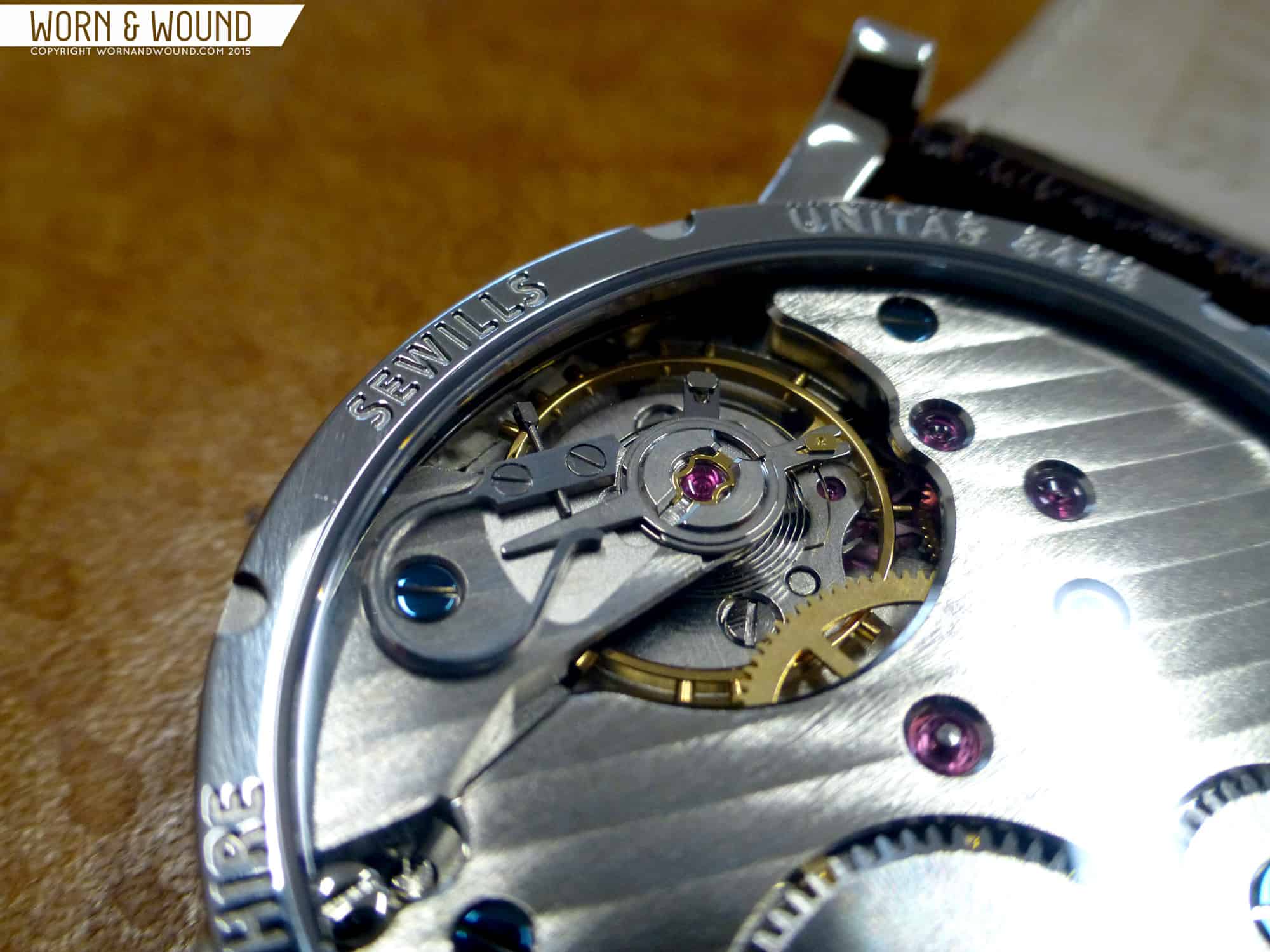We’re back with the our latest installment of our popular Three-Watch Collection Under $5,000 series. We’ve already seen Ilya’s, Mark’s, Hung’s, Sean’s, and Christoph’s picks. Today, ZQ–worn&wound’s resident aficionado of Japanese watches–breaks down his three choices.
A quick refresher on the parameters before we get started. We chose $5,000 as the cap for the simple reason that $5,000 is generally regarded as a point of entry into luxury. So rather than drop all that coin on a single watch, we thought it’d be interesting to see how our team plays around with that number. Furthermore, the choices aren’t limited to specific categories of watches. Our contributors can choose watches they’d like based on their needs and personal preferences. Finally, for the sake of consistency, all watches currently being produced have to be valued at their MSRP. Vintage or recently retired models should be based on the average market rate.
Without further ado, let’s get to it.
To me, two of the most useful functions on a watch are a chronograph and a GMT, and if I really had to choose I’d definitely include both of these complications within my three choices. For the third, I’d go with a simple time-only (with date being optional) piece for the rare occasion that calls for it.
Credor Signo GCBZ 995 – ~$1,800
If I were to say, “think high-end Japanese watch craft,” most watch lovers would automatically think of Grand Seiko. But there’s more out there beyond that, and Seiko tends to keep some of the best stuff for Japan. This is where the Japanese-only ranges like Credor and Galante come in. For one of my picks, I’m going with the GCBZ 995, a solely Credor-branded timepiece powered by a 8L36 GMT movement. (FYI: the GCBZ 997 is the exact same watch, but with dual Seiko and Credor branding.) 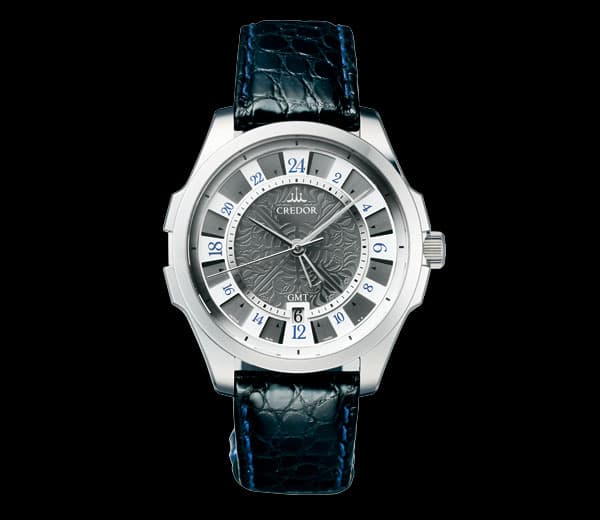 Th 8L36 is basically the same as the 9S56, a first generation Grand Seiko GMT movement, but lacking the finishing and regulation of the 9S movement. However, the 8L is no slouch either, with a factory adjusted accuracy of +15/-10 seconds a day and some light decoration. Unlike other movements in the 8L family, the GMT 8L caliber was only used in these two particular Credor models (GCBZ 995/7), which means that these two watches are rather unique.
Th 8L36 is basically the same as the 9S56, a first generation Grand Seiko GMT movement, but lacking the finishing and regulation of the 9S movement. However, the 8L is no slouch either, with a factory adjusted accuracy of +15/-10 seconds a day and some light decoration. Unlike other movements in the 8L family, the GMT 8L caliber was only used in these two particular Credor models (GCBZ 995/7), which means that these two watches are rather unique.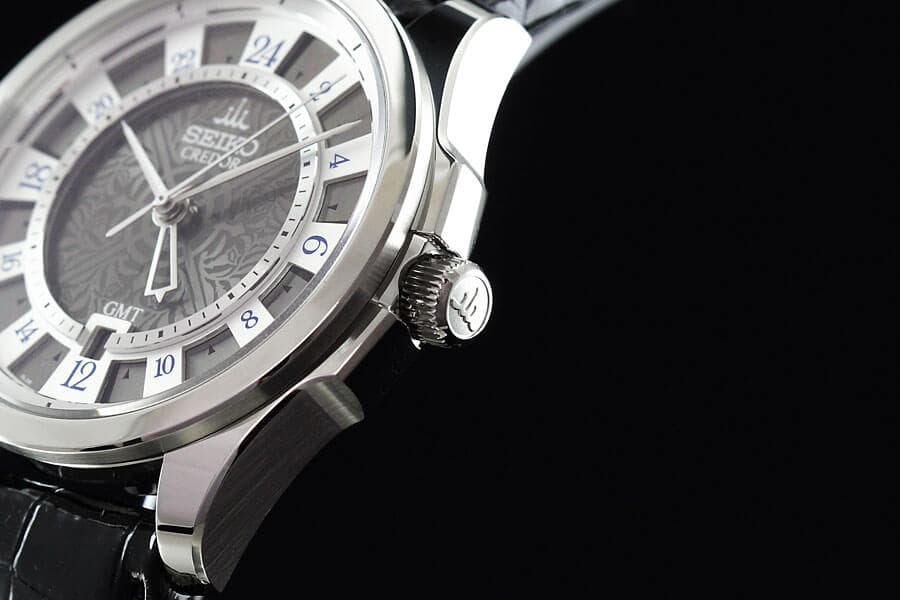 As you may have noted, a distinguishing feature of this Credor is the amazing dial work–exquisite in its design, yet subtle enough for the watch to be used daily. There is also a chronograph variant of this model with similar dial work.
As you may have noted, a distinguishing feature of this Credor is the amazing dial work–exquisite in its design, yet subtle enough for the watch to be used daily. There is also a chronograph variant of this model with similar dial work.
The 24-hour markers are to be read in conjunction with the skeletonized GMT hand. Overall, these elements together give the watch a distinctive look, with a high level of finishing that wouldn’t look out of place in a Roger Dubuis catalog. 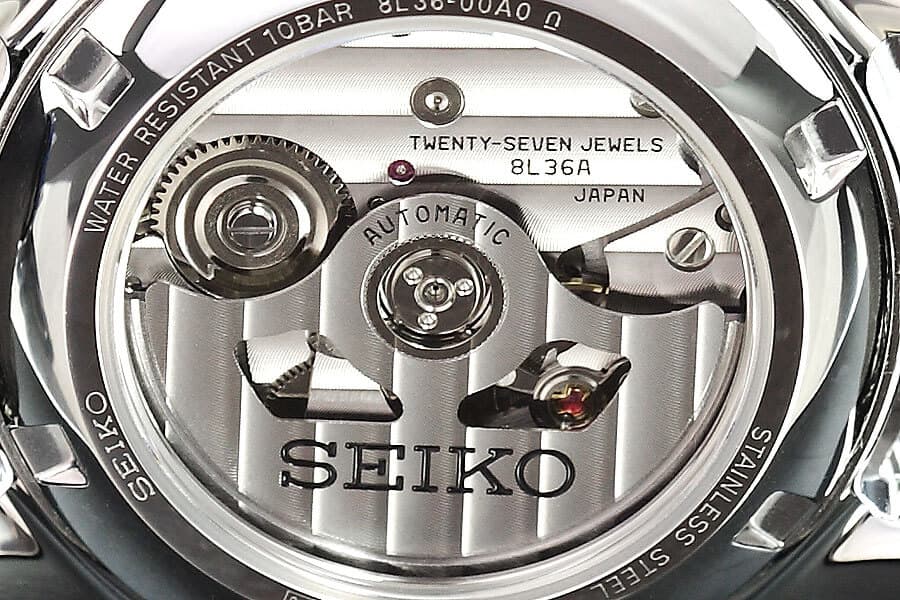 This watch was discontinued in 2015 but can be found secondhand in Japan and the usual Japanese auction sites at a great price, especially for a piece with this level of detail and craft.
This watch was discontinued in 2015 but can be found secondhand in Japan and the usual Japanese auction sites at a great price, especially for a piece with this level of detail and craft.
The chronograph variants (GCBK 979/81) are still available here and are powered by the 6S chronograph movement family, which are a direct relative of the Grand Seiko 9S movements.









 Featured Videos
Featured Videos




